US cleanup would leave some asbestos in contaminated town
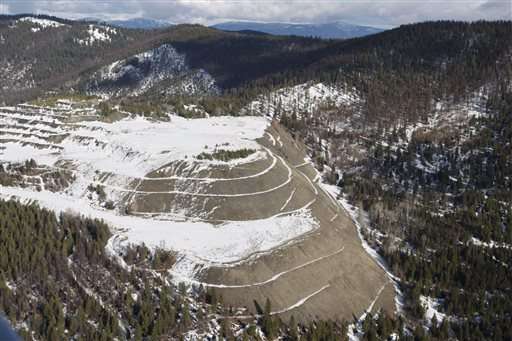
A long-delayed cleanup proposal for a Montana community where thousands have been sickened by asbestos exposure would leave some of the dangerous material inside houses rather than remove it, as government officials seek to wind down an effort that has lasted more than 15 years and cost $540 million.
Details on the final cleanup plan for Libby, Montana, and the neighboring town of Troy were to be released Tuesday by the Environmental Protection Agency.
Health workers have estimated that as many as 400 people have been killed and almost 3,000 sickened by asbestos dust from a W.R. Grace and Co. vermiculite mine that operated outside Libby for decades.
Asbestos-containing vermiculite would be left behind only where it does not pose a risk of exposure to people, such as underground or sealed behind the walls of a house, EPA Libby team leader Rebecca Thomas said.
"You might have vermiculite in the walls. But as long as it's sealed within plaster or behind drywall and nobody can breathe it, it does not pose a risk," Thomas said.
Some residents worry the material eventually would escape. An EPA research panel concluded last year that even the slightest exposure to asbestos from Libby can scar lungs and cause other health problems.
The EPA says its work to date already has made Libby much safer. Airborne asbestos concentrations in the northwest Montana community of 3,000 are now comparable to levels in other cities, according to officials.
Cleanup work would continue for three to five years, with several hundred commercial and residential properties still to be addressed, Thomas said.
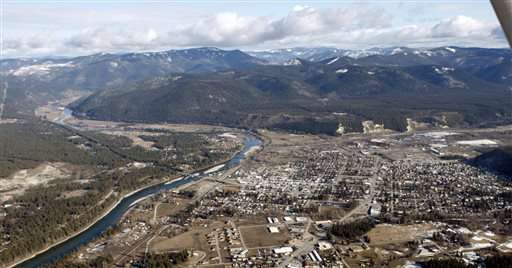
Vermiculite from the Grace mine was used as insulation in millions of houses across the U.S. In Libby, contaminated waste from the mine was unwittingly used by many residents as a garden-soil additive and as fill for the local construction industry.
Mike Noble, a retired Grace worker who now chairs an EPA advisory group in Libby, said it's inevitable that some of the material now trapped inside residential walls will get out.
"We've left a lot of this behind in these houses, and you always have the potential of people opening up that wall and running into it," Noble said. "Either we have a small fire in the house or want to do a renovation or someone's playing too rough and they kick the sheet rock in."
To guard against such accidental releases, Tuesday's plan will outline a series of so-called institutional controls designed to limit the potential for exposure, in part by educating residents and contractors about what to do if they encounter asbestos, according to state and federal officials.
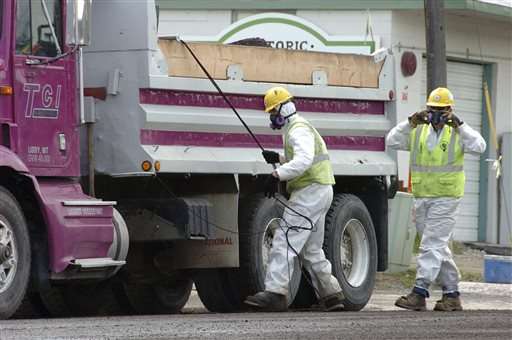
The Libby area would remain for now in the EPA's Superfund program.
Eventually, the community likely will lose that status—and much of the federal funding that goes with it. At that point, oversight for the institutional controls will become the responsibility of the Montana Department of Environmental Quality.
"We know they are going to work only if we can get the community to buy in," said Jeni Garcin-Flatow with the Montana Department of Environmental Quality.
-
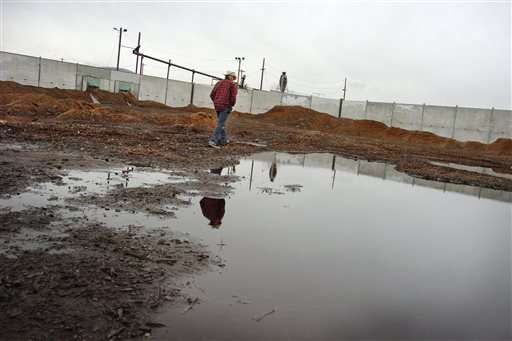
In this April 29, 2011, file photo, D.C. Orr, a city councilman in Libby, Mont., walks through a storage area, where bark and wood chips contaminated with undetermined levels of lethal asbestos were stored. More than 15,000 tons of the material have been sold, used in and trucked out of the remote Montana town of 3,000 people over the last decade, with unknown risks to public health. A cleanup proposal for a Montana town where thousands have been sickened by asbestos exposure calls for leaving some of the dangerous material in place rather than removing it. (AP Photo/Matthew Brown, File) -
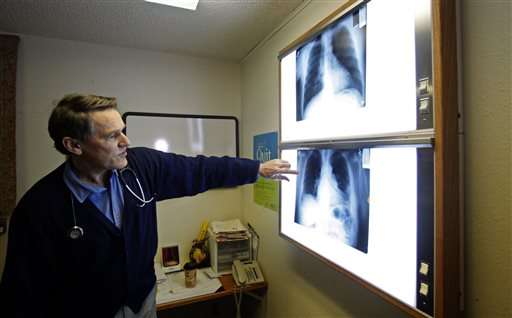
In this Feb. 18, 2010 file photo, Dr. Brad Black, director of the Libby, Mont., asbestos clinic, looks at X-rays. A long-delayed risk study released Monday, Dec. 8, 2014 for the Montana mining town where hundreds have died from asbestos exposure concludes that even a minuscule amount of the substance can lead to lung problems. The 328-page draft document will guide the remaining cleanup of asbestos dust from a W.R. Grace & Co. vermiculite mine outside Libby, a town of 2,600 people located about 50 miles south of the Canada border. (AP Photo/Rick Bowmer, File)
© 2015 The Associated Press. All rights reserved.
















